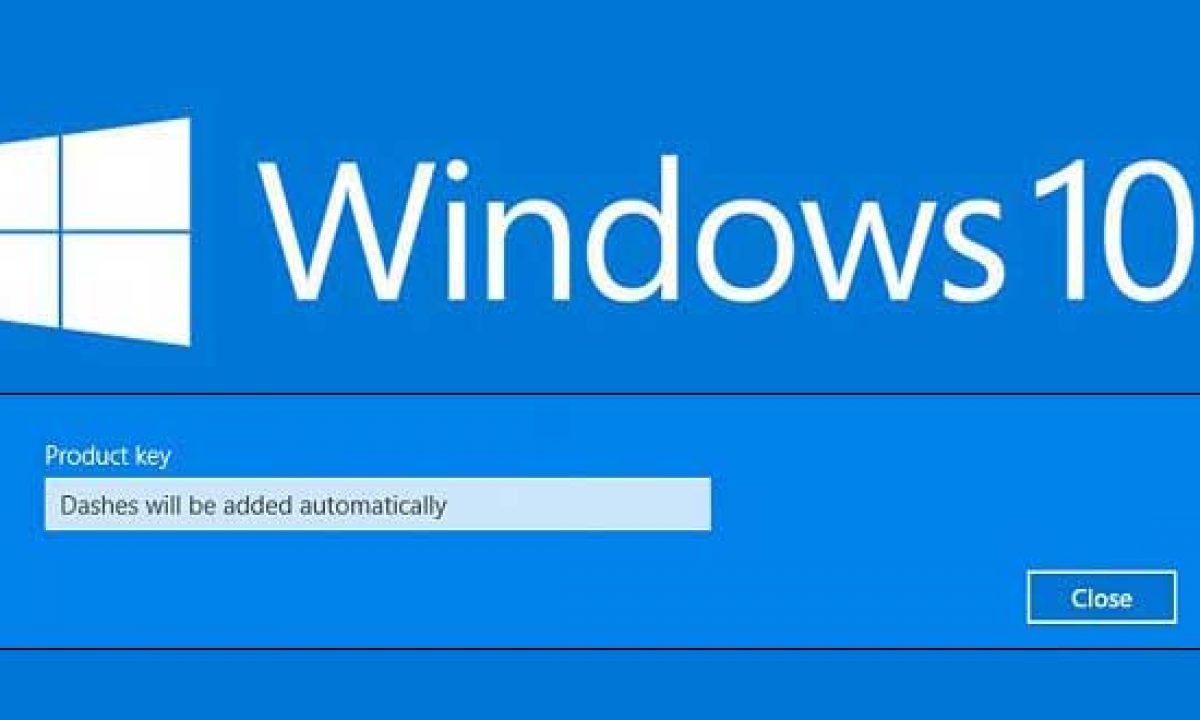

Development work was done through an agreement with the University of Washington’s School of Environmental and Forest Sciences. Forest Service led Interagency Wildland Fire Air Quality Response Program (IWFAQRP) and the U.S. This map is a collaborative effort between the U.S. It will not be used for regulatory purposes. This means that the sensor data can use the AQI color scale when it appears alongside the monitoring data that is already on the AirNow Fire and Smoke map. The sensor data undergoes QA screening, is averaged to hourly values, is corrected for bias, and has the EPA NowCast algorithm applied. Sensor technology provides thousands of additional particle pollution data points that can be used to supplement the air monitoring stations operated by official air agencies. The data appear as a map layer called Low-Cost Sensors that users can turn off or on as needed. Forest Service are conducting a pilot project to add data from air sensors to the Fire and Smoke Map.
BREAKPOINT WHERE TO FIND ACTIVATION KEY UPDATE
The EPA and USFS will update the map layers several times during year, as we respond to feedback and work to improve the map. While these sensors don’t meet the rigorous standards required for regulatory monitors, they can help you get a picture of air quality nearest you especially when wildfire smoke is in your area. Fire and Smoke Map: The EPA and USFS have created this map to test new data layers of use during fire and smoke events, including air quality data from low-cost sensors.


 0 kommentar(er)
0 kommentar(er)
